Ranking the A Nightmare on Elm Street Franchise from Best to Worst

New Line Cinema is moving forward with a new A Nightmare on Elm Street film, and fans are split as to the announcement. After Samuel Bayer’s underwhelming 2010 remake, there’s good reason to call for pause. Perhaps the franchise needs a few more years to breathe. Then again, maybe now is the perfect time to get the train back on the tracks, properly aligned.
With Orphan scribe David Leslie Johnson attached to the upcoming project, there’s clear hope for something refreshing, but any time an icon like Freddy Krueger is approached, there’s a risk of fumbling the ball, no matter how amazing you may be at crafting a story and transferring it to script format.
This is one of those situations that only time can clarify. No one expected Jackie Earle Haley to be able to hold a candle to Robert Englund’s performance as Krueger, and it turned out that Haley’s effort was the only good aspect of the remake… at times every bit as disquieting as Englund was in Wes Craven’s first franchise picture. Could anyone have accurately predicted such a shocking reality? Probably not. But we got it. And we could potentially get an astounding piece of art when New Line’s latest attempt to revive the brand makes its way to the masses.
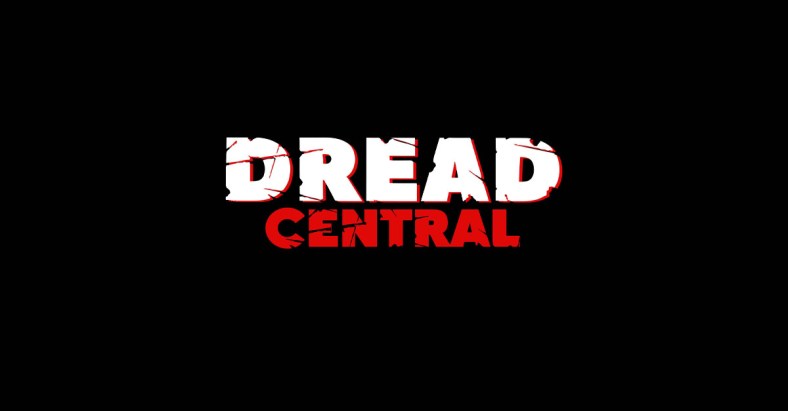
We’re not going to hold our breaths for something special here, but we are going to lean on a positive thought process. Maybe if we will this film to be remarkable, it will be. As it stands, we’re dealing with a group of connected films that are sometimes remarkable, and sometimes a bit disappointing. Krueger is a hard character to nail, and his victims are hard to paint as sympathetic individuals. A few directors have sent the ball out of the park, and a few have popped out with little in the way of a fight. Here’s a look at the entire franchise and ranking of each piece, from best to worst. This, ladies and gentlemen, is the franchise we know (and love) as A Nightmare on Elm Street.
A Nightmare on Elm Street: One of the most petrifying films ever released, Wes Craven’s A Nightmare on Elm Street not only ignited very genuine fear, it served as a launchpad for one of history’s most successful genre franchises and one of the world’s most recognizable and memorable antagonists. Let’s be real about it: Freddy Krueger is to 2015 what Dracula and The Wolf Man were to the generations before us. The burned murderer with knives for fingers turned the genre world on its head, the background of the character haunts to the core of our soul, and the execution of the project as a whole is deeply, deeply disconcerting. This is a fine example of a pitch-perfect horror film, and it has yet to be surpassed by any sequel’s attempt to replicate its impact.
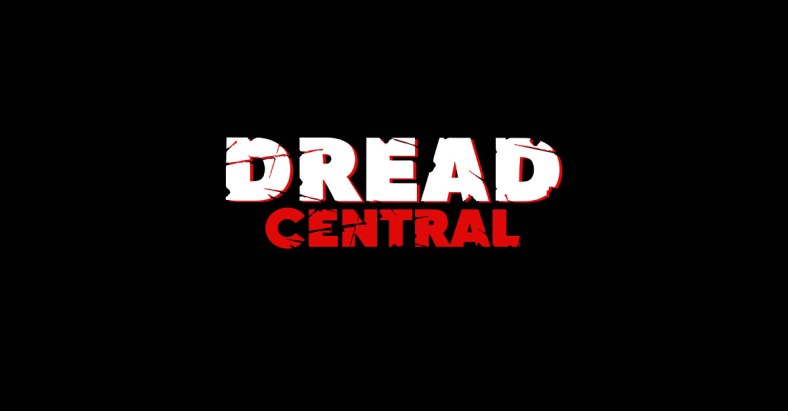
A Nightmare on Elm Street 3: Dream Warriors: After a dreadful immediate follow-up (sorry, it’s hard to get too into the homoerotic and sloppy experiment that was A Nightmare on Elm Street 2), Freddy’s transformation from king of nightmares to stand-up comedian was nearly complete. It shouldn’t have worked, not in a million years, but it did… at times. This is one of those times. There is still a very dark tone attached to the story, the special effects are top-notch times two, and there are characters that we invest a great deal of emotion in. That’s a wicked, wicked combination. There’s a very real reason that Dream Warriors is widely recognized as one of the very best of the franchise, and you don’t have to gaze too intently to see it. There’s magic to behold here.
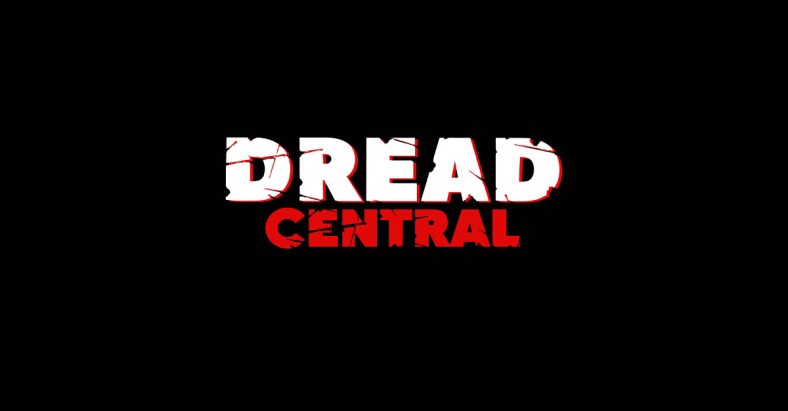
Wes Craven’s New Nightmare: One of the earliest mainstream “meta” movies you’ll find, Wes Craven’s New Nightmare has everything that dedicated followers of A Nightmare on Elm Street adore. First, there’s an excellent, innovative story that carries us through the all too brief 112-minute runtime (no, that’s not a short film, but for a flick this engaging, it becomes hard to not crave more by the time the final credits roll). Next, just about all the players we grew to love (it would have, admittedly, been nice to see Johnny Depp make a serious appearance) from the first few films are present: Heather Langenkamp, Robert England, and even Wes Craven take on significant roles. And finally, the movie is frightening. All the comedy that began to contaminate the scare factor of the franchise is toast. It’s back to the old school days, and it works like a damn charm.
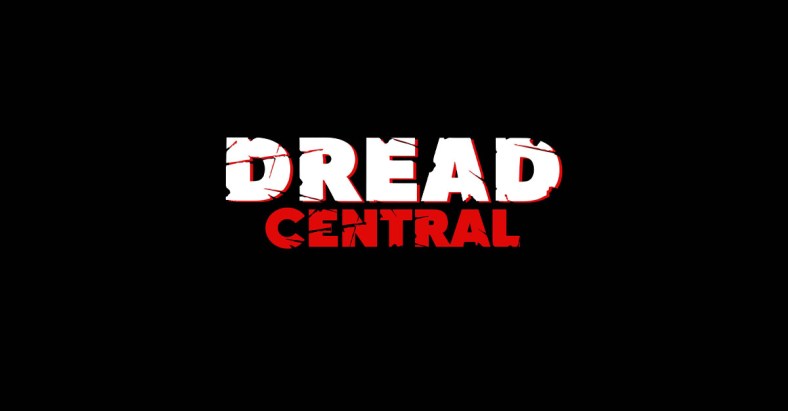
Freddy vs. Jason: In a lot of ways Freddy vs. Jason should be discarded from this list, It isn’t – technically speaking – an ANOES installment. However, it’s definitely got that feel, and it obviously puts Freddy Krueger on center stage as he battles fellow genre stud Jason Voorhees. The movie never takes itself too seriously but still manages to be rather creepy, and watching Freddy and Jason go toe-to-toe is very reminiscent of vintage Universal crossover pictures, which most of us (at least the older crowd) will likely agree are a true treat to take in. For a brainless blast, it doesn’t get a whole lot better than Freddy vs. Jason.
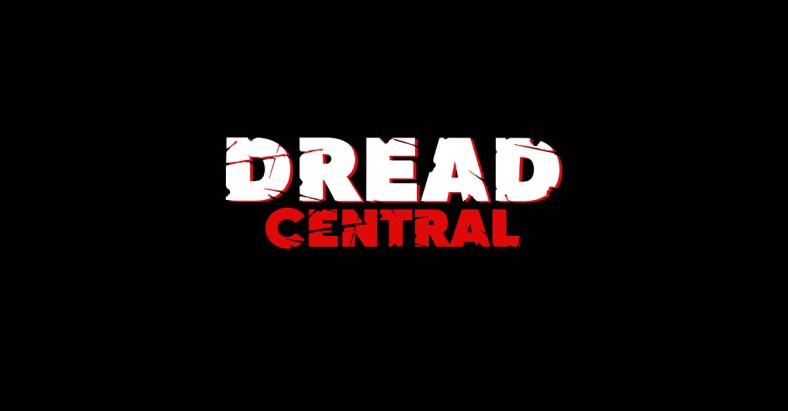
A Nightmare on Elm Street (2010): Here’s where the quality of the franchise begins to wane. Some may be surprised to see Samuel Bayer’s 2010 remake positioned this high in the list, but it does a few things very, very well. The faults of the film outweigh the glorious moments by a wide margin, but that can’t steal away from the respectable attempt at injecting new, original ideas into a very conversant story. Beyond the originality, however, is the absolutely stunning performance offered forth from Jackie Earle Haley, who replaces Robert Englund as the great Freddy Krueger.
Prior to the release of the film fans pegged the swap as a guaranteed pitfall of the film. It seemed the one thing that was just too taboo to attempt. Ironically, it just so happens to be the one and only truly – unquestionably – successful aspect of the flick. Haley is amazing and once more manages to make Krueger a terrifying menace. That performance alone elevates this picture above about half of the series installments.
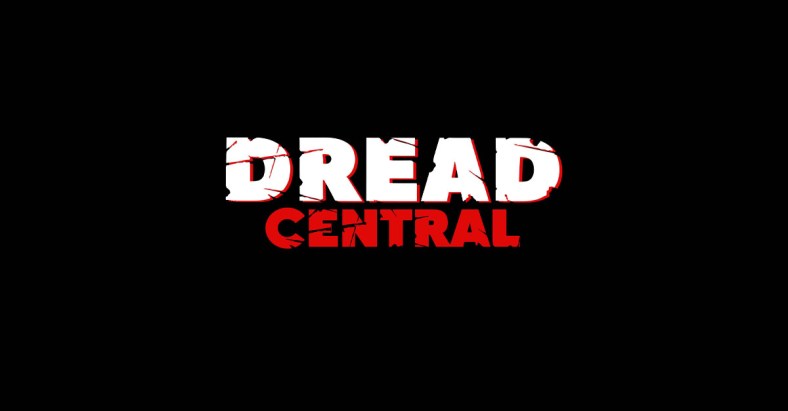
A Nightmare on Elm Street 4: The Dream Master: The fourth feature in the series is a fun one, but the continued trend of shifting from horror to comedy weighs it down a bit. We all still want Freddy to be frightening because he’s one of, if not the most alarming villain ever conceived. We lose that in The Dream Master, but we do get to take in a few very innovative death scenes (Debbie’s death in particular is bonkers), and we also witness the deaths of a small handful of franchise favorites. It’s not a home run, but The Dream Master isn’t an outright dud either.
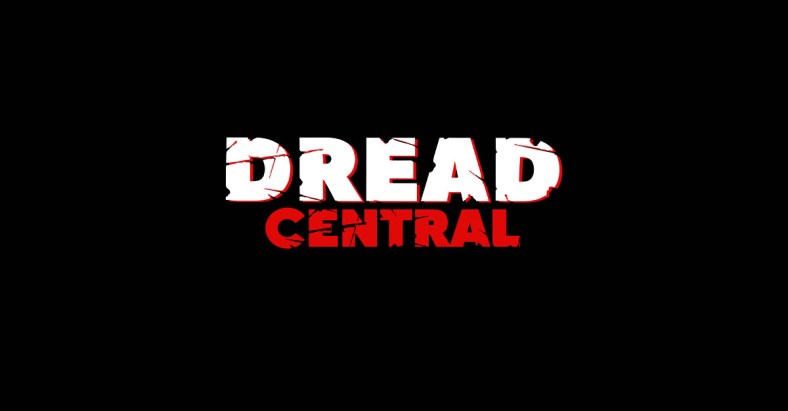
A Nightmare on Elm Street 5: The Dream Child: The well begins to feel extremely dry once we hit the fifth installment of ANOES. That’s kind of expected, as it is extremely rare to see any horror franchise truly thrive beyond a few feature-length pictures. There are still a small handful of endearing characters to study here, Krueger drops a handful of noteworthy punchlines, and the practical effects are commendable, even if not perfect.
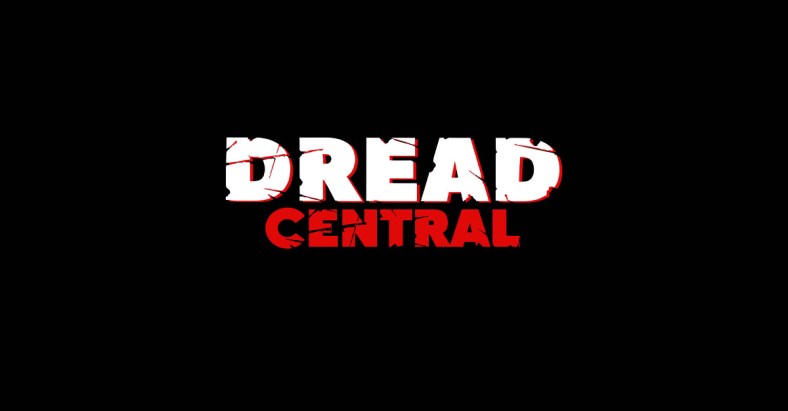
A Nightmare on Elm Street 2: Freddy’s Revenge: It doesn’t get a whole lot uglier than this film. The screenplay is completely preposterous, and the rules of Krueger’s nightmare reality are suddenly abandoned in numerous sequences. The fact that the movie is an exercise in homosexual analysis isn’t a deal-breaker (I’m not homophobic, in the least, but in this particular instance it was not only a weird decision to make, but a wrong one as well), but it doesn’t add anything to a growing franchise with a mythos that has space to be explored. There are too many left-field scenes and plot points to consider the film much more than a nostalgically fun but technically weak pic.

Freddy’s Dead: The Final Nightmare: There is no competition; Freddy’s Dead is the worst ANOES flick ever shot. It’s so over-the-top that even the comedy falls completely flat. The look of the film is abysmal and feels uncharacteristically cheap. There are no genuinely memorable moments in the picture, and there is absolutely nil in the way of appealing personalities. It’s hard to imagine anyone involved in this one actually carrying a sense of pride affixed to the production. It’s just an utter failure in every way, shape, and form.
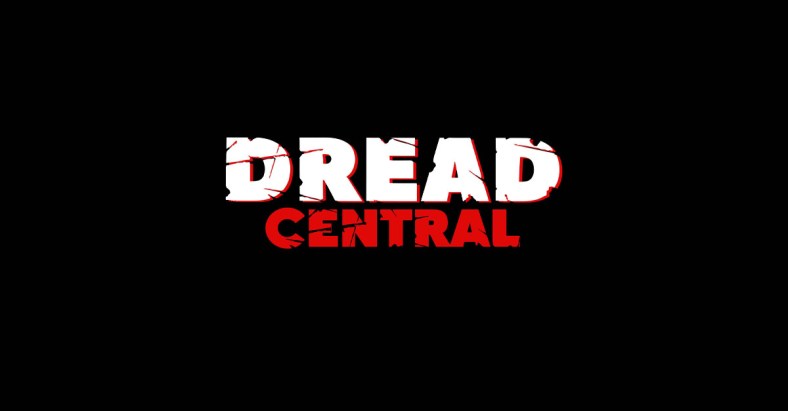
Categorized:Editorials News

